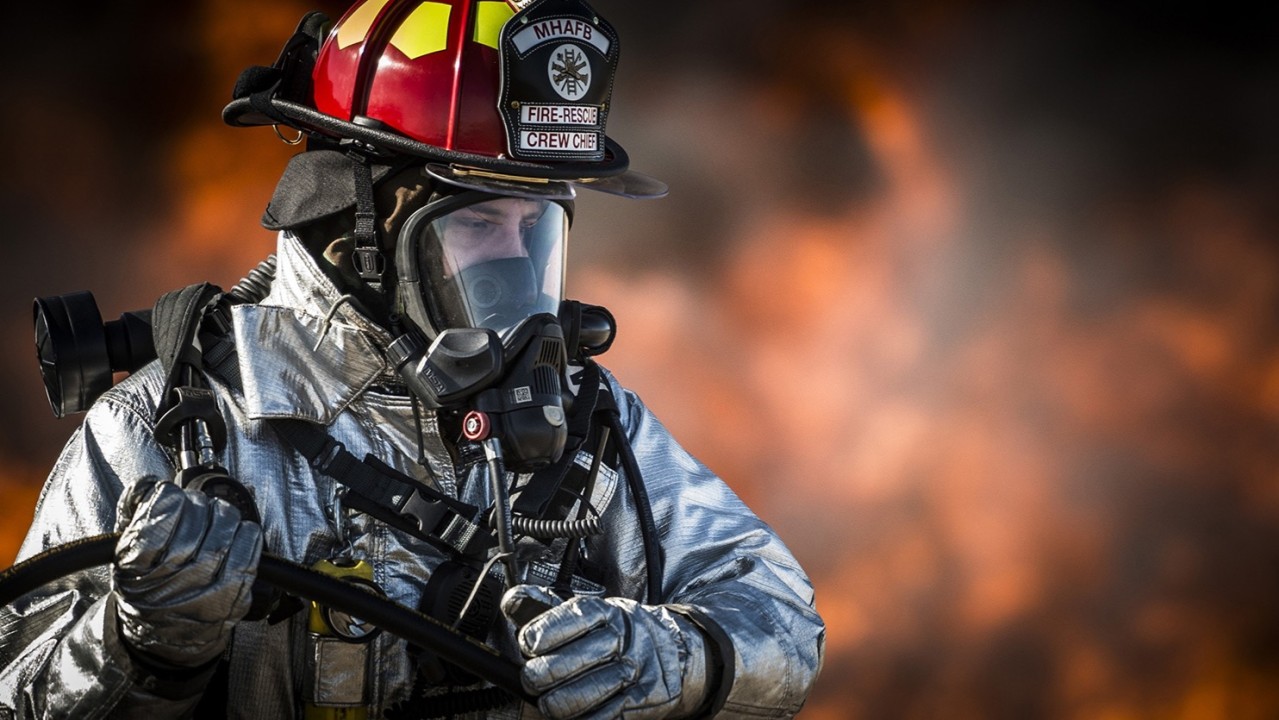
Ensuring Safety with Respirator Fit Testing Daily Best Practices
OSHA has strict requirements governing respirator use and education for employees in auto repair facilities and manufacturing environments.
OSHA’s Respiratory Protection standard (29 CFR 1910.134) requires employers to have a written protection program, which includes respirator fit testing to ensure employees that are required to use a respirator know how to protect themselves from inhaling toxins and other hazardous airborne contaminants.
Specifically, respiratory protection is necessary for locations whose employees may be exposed to:
The Importance of a Good Fit
Employees must perform respirator fit testing to ensure their respiratory masks fit correctly. Respiratory masks don’t fit everyone’s face the same—so what fits right for one employee may be wrong for another. In a previous GMG EnviroSafe article, Respirator Fit Testing—What it is and Why You Need It, we wrote about how a properly fitting respirator will form a seal over a worker’s face. The seal prevents air leakage and the inhalation of harmful particles through the mask’s protective filter
There are two different types of respirator fit testing: Qualitative Fit-Testing (QLFT) and Quantitative Fit-Testing (QNFT). Qualitative testing relies subjectively on the users taste and smell to detect leakage, while quantitative testing objectively measures the amount of leakage. The type of testing required will be based on the type of respirator and exposure level of the user.Tests must also gauge whether masks are compatible with other PPE, such as safety glasses, hearing protection, face shields, hard hats and coveralls, all of which may interfere with the fit and placement of a respiratory mask. OSHA requires any PPE that could interfere with the respirator’s seal be worn during the fit test.
Tips For The Best Protection from Respirators
To ensure an ideal fit, respirator fit testing should pay special attention to eyes, facial hair, face, nose and straps.
Eyes
If the respirator is too high on the face, your eye sockets can cause a gap in the respirator seal, allowing in air.
Facial Hair
Even a small amount of facial hair can interfere with the respirator seal.
Face
Without a proper fit, common facial movements such as talking, smiling or frowning can break the seal.
Nose
The respirator should mold to the contours of your nose.
Straps
Make sure the respirator’s straps aren’t twisted, which can impact its fit.
Other facial features that can negatively impact respiratory fit include facial scars, high cheekbones, eyeglasses, excessive makeup and dentures.
User Seal Checks: Testing Time and Time Again
A user seal check is “a procedure conducted by the respirator wearer to determine if the respirator is being properly worn” (per EHS Daily Advisor). A user seal check does not have the sensitivity and specificity needed to replace a fit test but is still important. Per OSHA standard 1910.134 App B-1, “The individual who uses a tight-fitting respirator is to perform a user seal check to ensure that an adequate seal is achieved each time the respirator is put on.” ?Users can perform a positive-pressure or negative-pressure seal check. Both tests are fast and simple.
Positive-Pressure Seal Check
A positive-pressure seal check is usually performed by blocking the exhalation valve on a respirator, typically with your hands, and trying to breathe out. If slight pressure builds up, that means air isn’t leaking around the edges of the respirator.
Negative-Pressure Seal Check
A negative-pressure check involves blocking the intake valves on the respirator, typically with your hands, although a thin latex or nitrile glove will sometimes work better, and trying to breathe in. If no air enters, the seal is tight.
Respirator Fit Testing from GMG EnviroSafe
At GMG EnviroSafe, we work with thousands of automotive service centers, manufacturing plants and other facilities providing fit testing on-site by trained local compliance coordinators. We can test every employee at your facility who requires Respirator Fit Testing for just $500. If your facility is already a subscriber to our “Your Compliance Department service, you will receive Respirator Fit Testing for only $175.
Our compliance coordinators can also ensure your facility is fully compliant with all OSHA and EPA requirements and include a wide range of options, including comprehensive training and certifications, such as employee safety training and DOT Hazardous Materials Transportation Training.
For more information about respiratory fit testing or any of our OSHA compatibility services, contact your GMG EnviroSafe compliance coordinator.